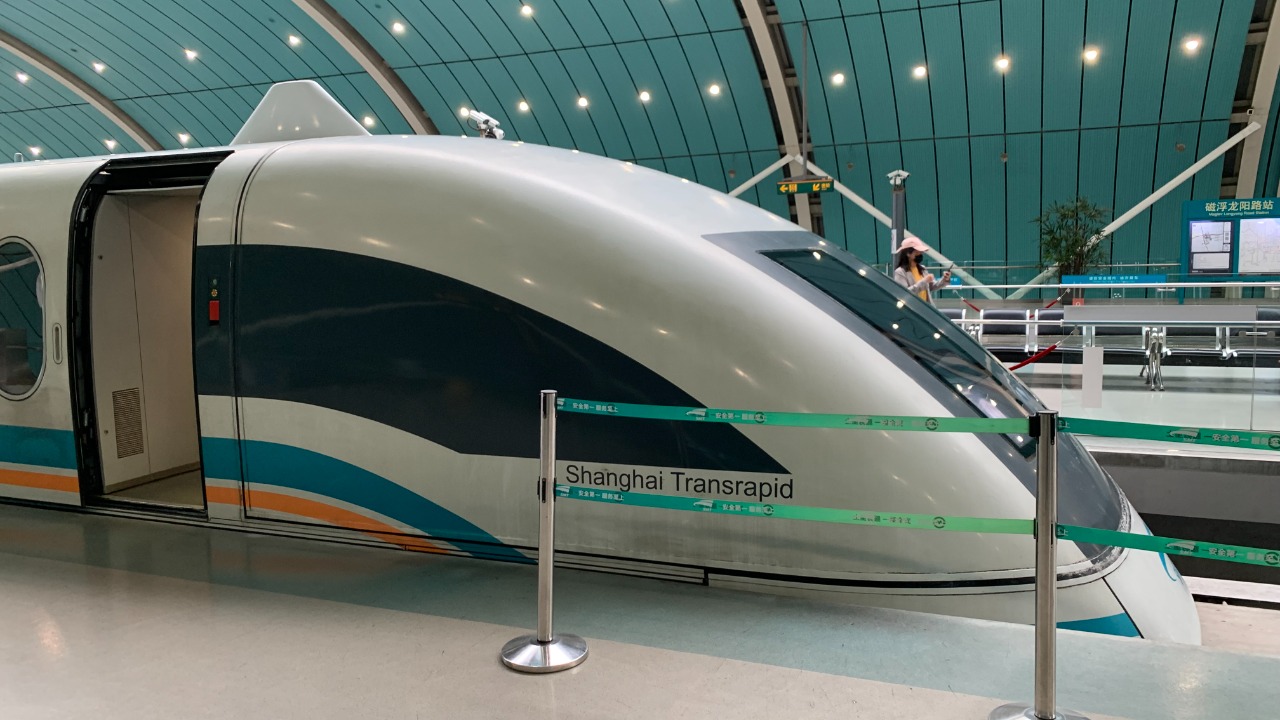
Recent advancements in magnetic-levitation (maglev) technology harbor the potential to radically transform the landscape of the freight industry. By integrating maglev technology into existing freight systems, we could be on the threshold of a new era in freight transport.
Understanding Magnetic-Levitation Technology
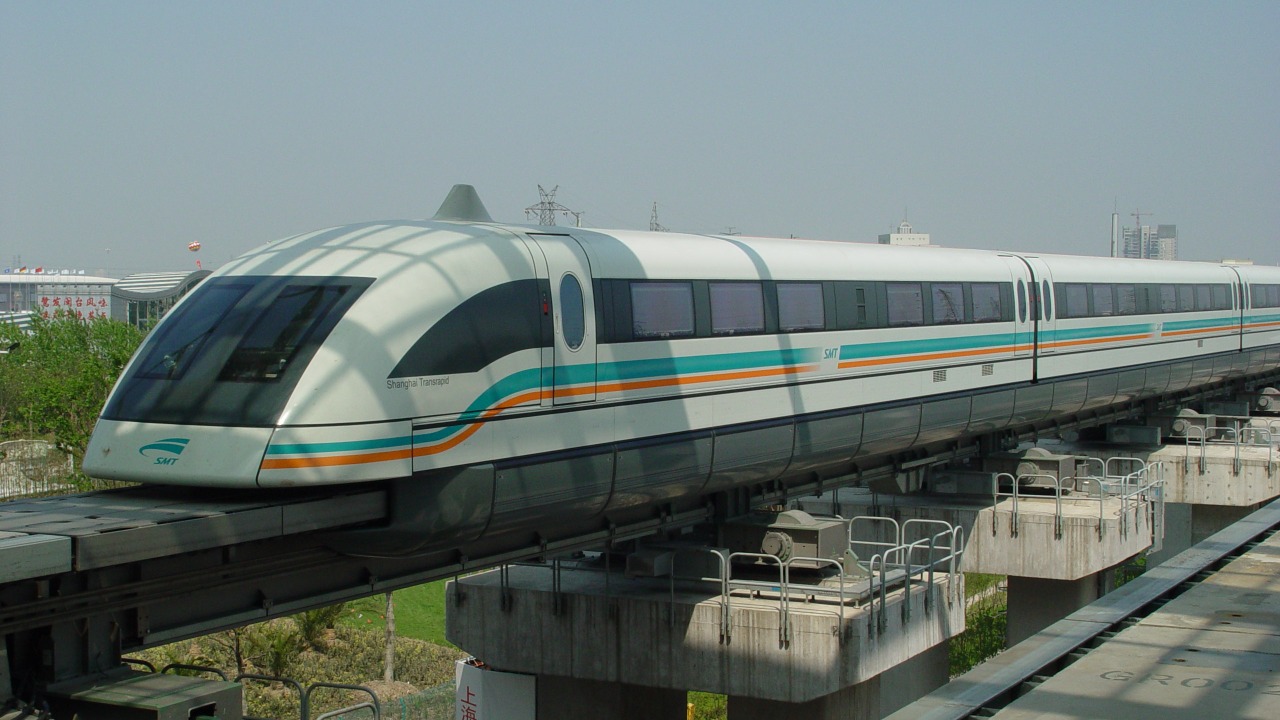
Maglev technology, as the name suggests, employs magnetic forces to levitate and move vehicles without any physical contact with the ground. This significantly reduces friction, allowing for incredibly high speeds and increased efficiency. The principles of maglev have been known for a long time, but only recently have we seen this technology come to fruition.
The development of maglev technology has been gradual, with significant advancements coming in the late 20th and early 21st centuries. Today, maglev trains are being used for passenger transport in several countries, with Japan’s SCMaglev and China’s Shanghai Maglev being notable examples. These trains have proven to be reliable, fast, and efficient modes of transport, which bodes well for their potential application in freight transport.
Application of Maglev Technology in Freight Transport
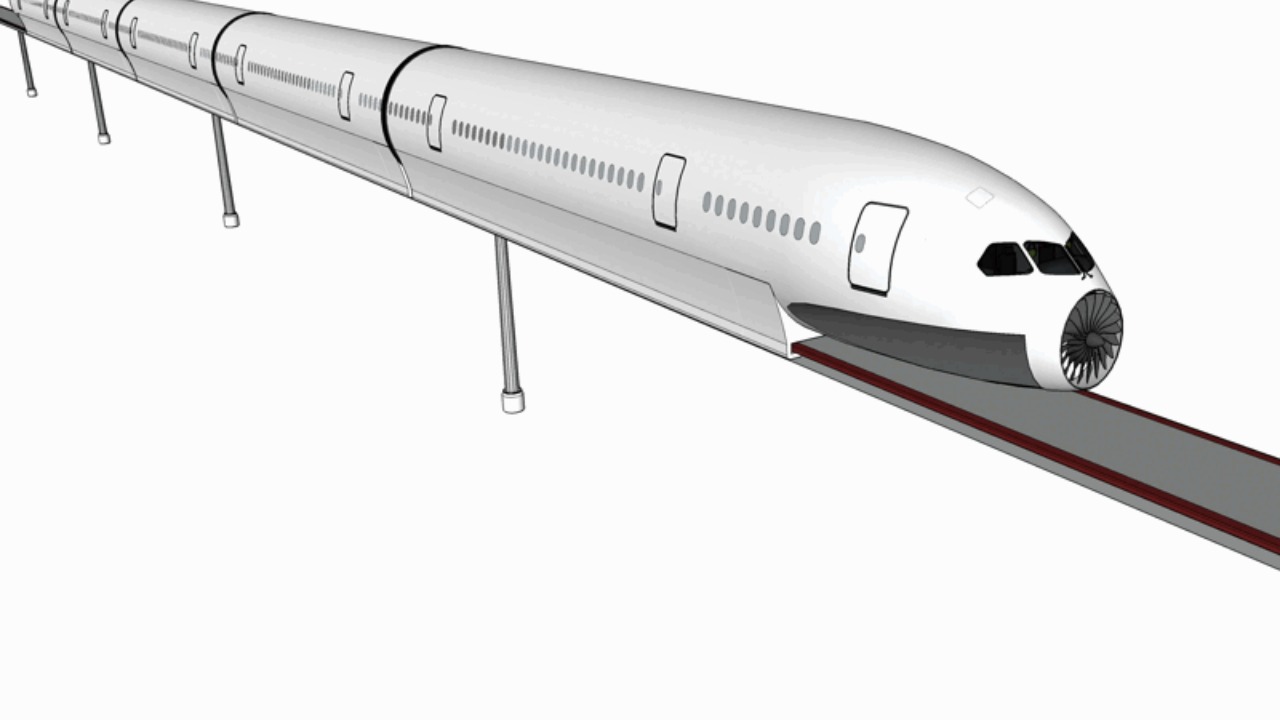
The use of maglev technology in freight transport could bring several benefits. With their high speeds and reduced friction, maglev trains could drastically cut down transport times. They also have the potential to increase capacity and reduce wear and tear on infrastructure, as the lack of physical contact reduces the strain on tracks.
However, the application of maglev technology in freight transport is not without its challenges. The technology is still relatively new and expensive, and there are significant infrastructure requirements. Additionally, there are safety concerns related to the high speeds of maglev trains. Despite these challenges, there are a few examples of maglev trains being used for freight transport, such as the German Transrapid system, which has been used to transport goods at speeds of up to 300 km/h.
Environmental Impact of Maglev Trains
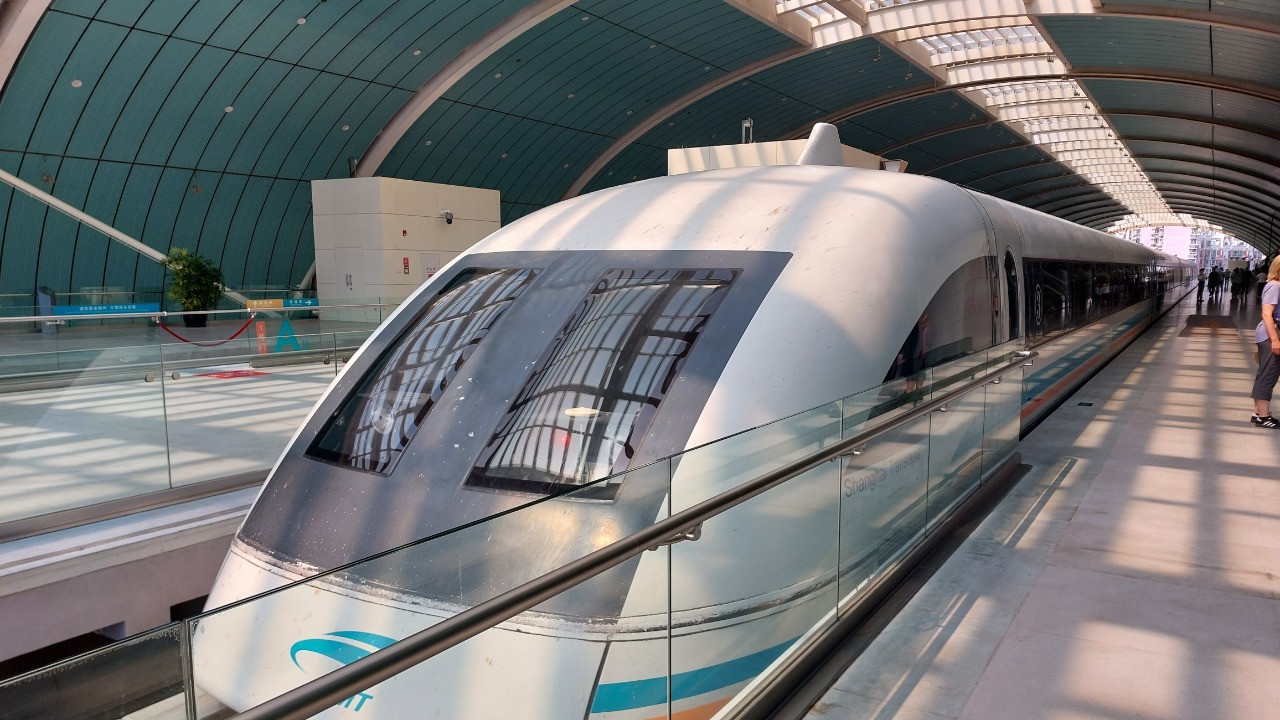
Maglev trains have the potential to be more environmentally friendly than traditional freight transport methods. Due to their high efficiency and reduced friction, they consume less energy and produce fewer emissions. However, the construction and operation of maglev trains and their infrastructure can have significant environmental impacts, as detailed in this National Parks Conservation Association report.
There are also concerns about the noise and vibration produced by maglev trains, particularly those operating at high speeds. However, measures can be taken to mitigate these impacts, such as using noise barriers and designing tracks to minimize vibration. Despite these potential issues, the overall environmental footprint of maglev trains could be significantly lower than that of traditional freight transport methods.
Economic Implications of Maglev Freight Trains

The investment, operation, and maintenance costs of maglev trains are high compared to traditional freight trains. However, their speed, efficiency, and capacity could potentially offset these costs. For instance, faster transport times could lead to reduced inventory costs, while increased capacity could allow for more freight to be moved with fewer trips.
The introduction of maglev technology could also have significant implications for the job market and infrastructure requirements. It would create jobs in the construction and operation of maglev systems, but it could also lead to job losses in traditional freight transport sectors. Moreover, the infrastructure required for maglev trains is quite different from that of traditional trains, necessitating significant investment and potentially displacing existing infrastructure.
Future of Freight: Maglev Trains and Infrastructure Modernization
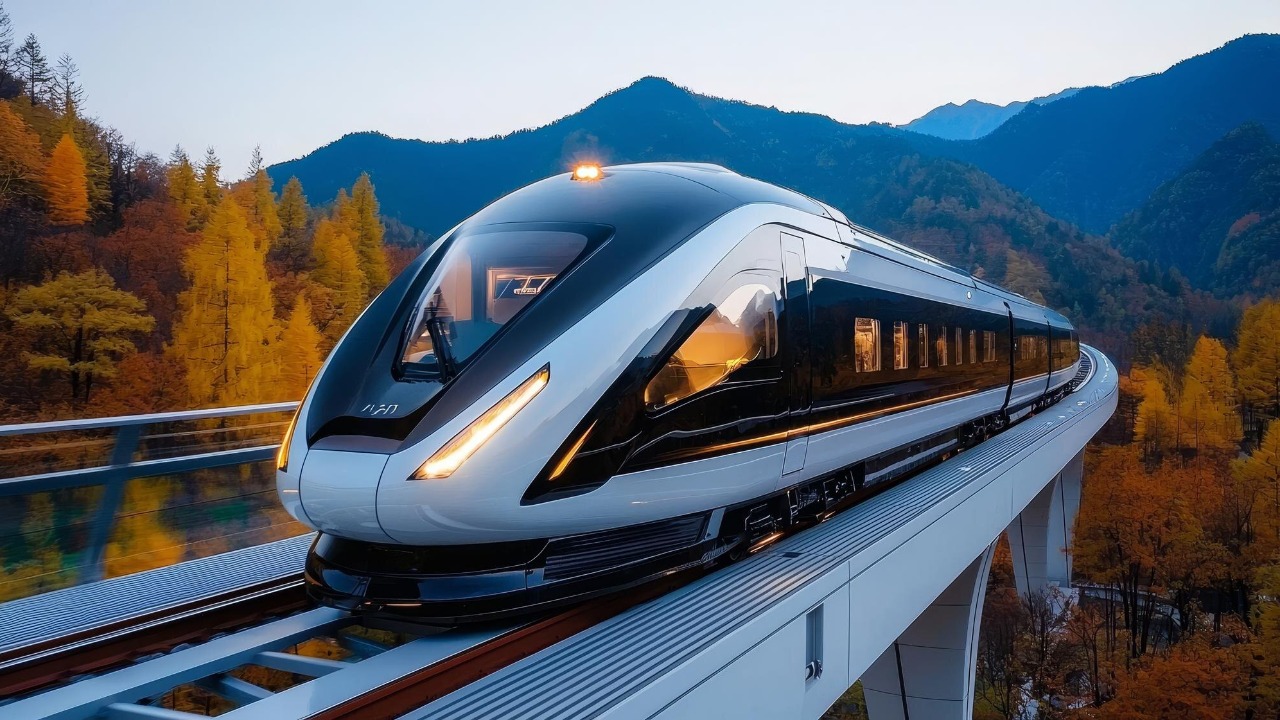
Maglev trains could play a crucial role in the modernization of U.S. infrastructure. They align with several of the goals outlined in the U.S. infrastructure modernization plan, including improving efficiency, reducing emissions, and creating jobs. The Northeast Maglev project is a prime example of how maglev technology could contribute to infrastructure modernization.
Looking at global trends, it’s clear that maglev technology has a promising future in freight transport. Countries like China and Japan are already using maglev trains for passenger transport and are exploring their use for freight. However, integrating maglev trains into the existing freight transport system will require careful planning and strategies, taking into account the environmental and economic implications, as well as the infrastructure requirements.